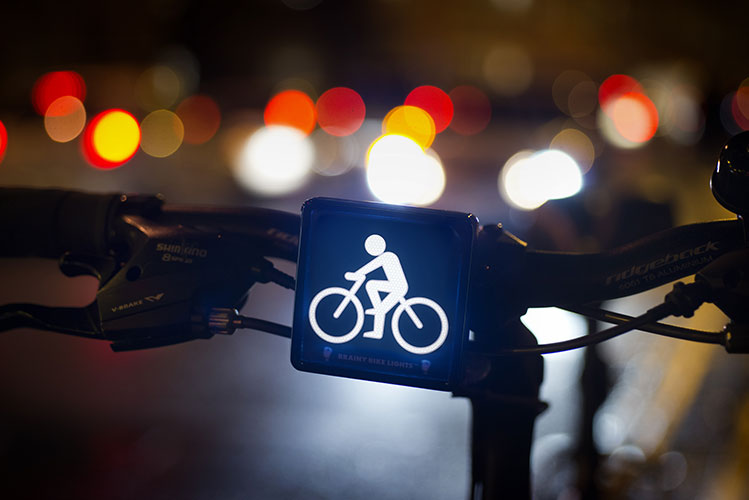Today I read a great article in the New York Times which showed ‘Peer Pressure‘ does not always have to be a negative concept. The article introduces a number of examples where some form of peer pressure has been harnessed to bring about positive behaviour change.
The article quotes Dean Karlan, a Yale economics professor who highlights two important components of human behaviour when people try to maximise their happiness:
One part is that our happiness isn’t just a function of what we eat, drink and consume: it’s also our image to others, and our reputation. The second way that people influence decisions is through their information networks. I get information from friends, and that information will affect the decisions I make.
So, if people think they are being observed they may alter their behaviour to fit a social norm, particularly when if they have seen other people who they trust or respect also participating in that behaviour.
The article gives some fantastic examples of using peer pressure from treating water to increasing the uptake of breast feeding, although it does not come without criticism. For some these types of initiatives exemplify too much social control. Additionally, there is the concern that there is a requirement for someone to define what is correct / good behaviour versus bad behaviour.
It has left me thinking about peer pressure and social norms when it comes to transport. If using public transport isn’t the norm, what could we do to make it become so? In part I think the answer starts with having strong, visible and relevant people who ‘set the example’ for others to follow. But then what?
